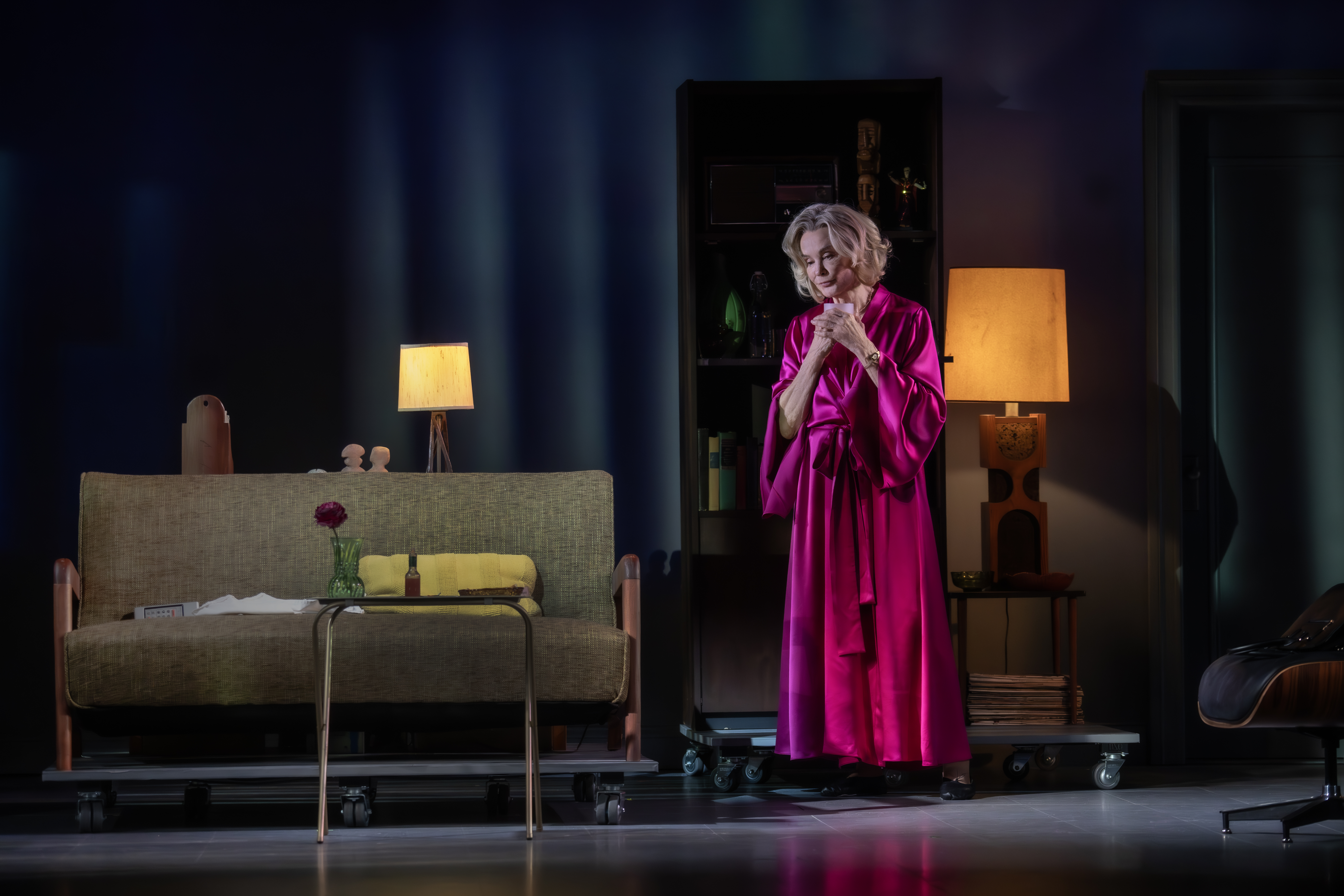Wittenberg

(© Sam Hough)
Hamlet meets a host of characters in Wittenberg, a stimulating history play by David Davalos that is being given a strong production by director J. R. Sullivan and the Pearl Theatre Company at City Center. Some of the author’s choices are less dramaturgically sound than others, but this is the rare sort of play that can entertain and make you think.
Davalos has taken an intriguing historical footnote and expanded it into a frequently funny debate over destiny, inspiration, and conscience. In one of history’s better jokes, Luther (Chris Mixon), the great religious reformer and theologian, was supposedly teaching at the University of Wittenberg at the same time as Johann Faust (Scott Greer), where the two, predictably, did not see eye to eye. Added into the mix is the world’s most famous Wittenberg alum, Hamlet (Sean McNall), for whose attention Luther and Faust are passionately vying.
One of this playwright’s most alluring notions is that Hamlet is not driven to the edge of madness by his scheming uncle but by the world-upending ideas of yet another contemporary scholar (this one offstage), one Copernicus of Krakow, and by the epic tug of war between Faust’s command to question everything and Luther’s insistence that God is always the answer. As might be expected, Hamlet undergoes a couple of conversions through the course of the play — some of which feel half-baked and contrived even as McNall gives a robust performance.
Greer commands each scene that he’s in. He’s not only a sensational actor, but, when the part frequently calls for it, knows his way around a blues scale both vocally and with a lute. This Faust clearly didn’t need to sell his soul to the devil to sing the blues.
Mixon has strong moments as well, particularly a touching one in which he confesses to his colleague about the first time the Church truly disillusioned him. Davalos, however, never allows Luther equal time with Hamlet, nor does he give him the same amount of rich, contradictory depth with which he infuses Faust. The historic Luther was considerably more interesting than this relatively weak-willed one.
Indeed, Davalos also seems to lose faith in his subject matter from time to time. Early scenes in the play contain subtle witticisms that glimmer for a moment but are not overdone, such as the opening image (abetted by scenic designer Jo Winiarski) of the door of Wittenberg’s Castle Church, which contain not 95 theses, but a bulletin board crammed with student announcements.
Later details are more ham-fisted, including a scene played out with Faust dressed as a devil and Luther in white priestly robes; and several scenes in which Joey Parsons is pushed into unnecessary degrees of cartoon-like behavior in multiple roles known collectively as the Eternal Feminine.










